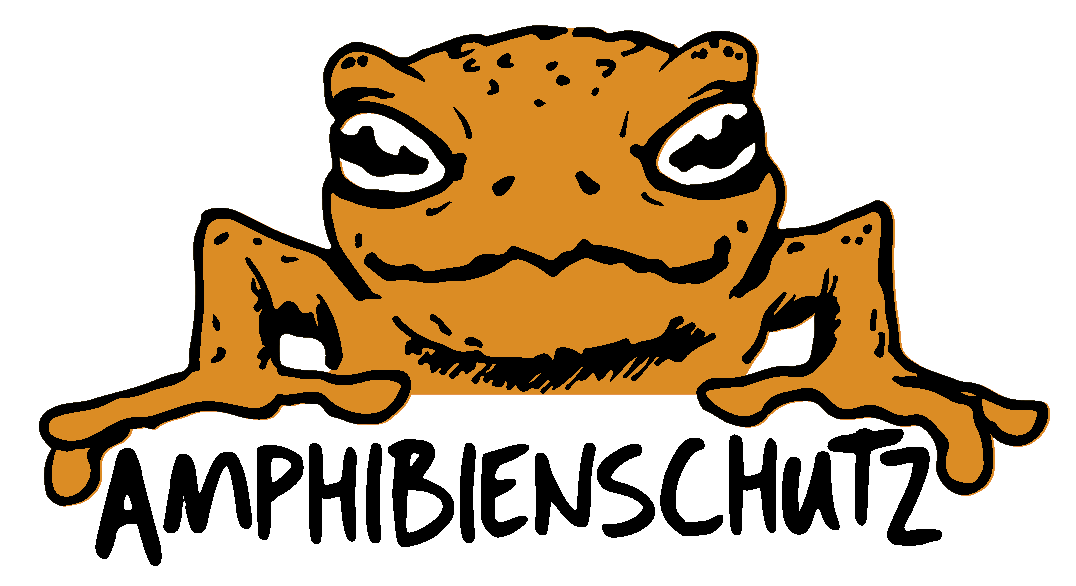Kerbstones / Curbstones
Kerbstones or curbstones direct amphibians to storm drains or keep them on the road for an unnecessarily long time. The remedy is to bevel the curbs. The number of amphibians in storm drains or dead amphibians on the road can be reduced many times over. If the amphibians remain on the road too long, they can also dry up, depending on the weather; smaller subadult amphibians in particular dry up quickly. The mostly walking toads are severely affected by the kerb stones (compare Figures 1-3). Also strongly affected are the walking caudates.
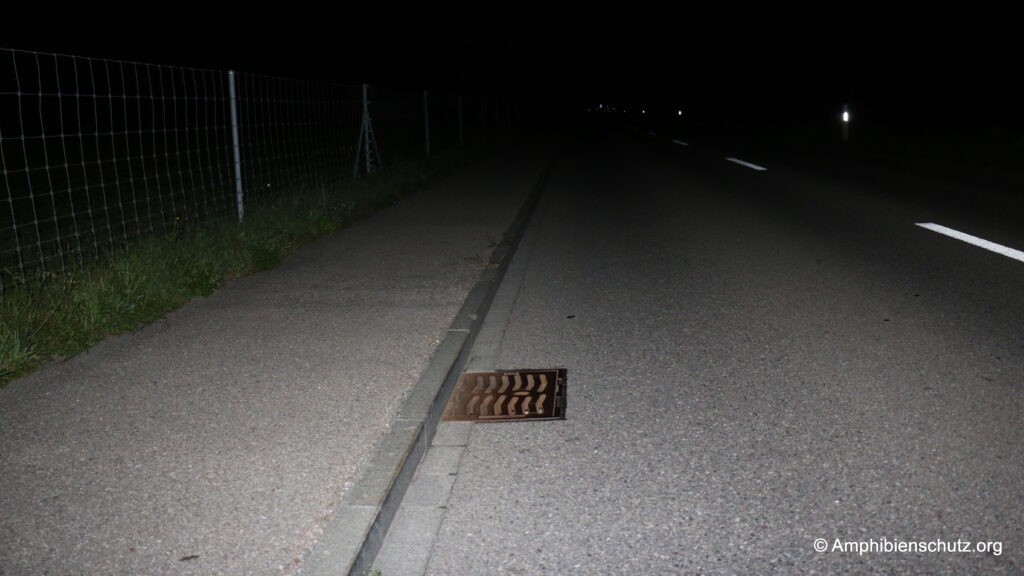
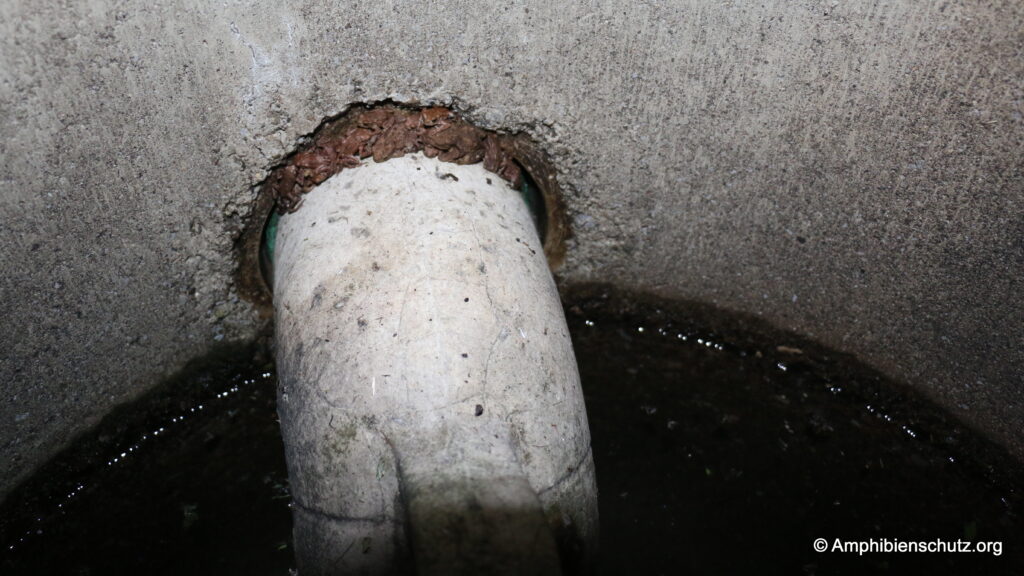

Dropped kerbstones / flat kerbstones
Dropped kerbstones allow amphibians to exit the road (compare Figure 4). However, too much flattened kerbstones no longer drain the rainwater nicely. It is better to install flat kerbstones directly than to subsequently drop the kerbstones. With the right choice of flat kerbstones, the rainwater can still be drained well.
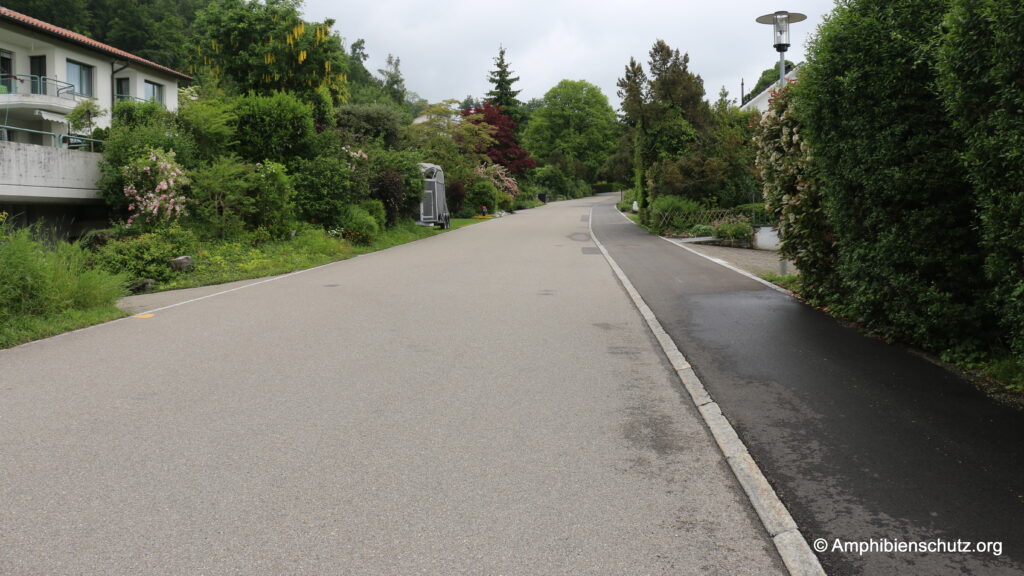
Asphalt ramps / Kerbstone ramps
A less expensive option than dropping the kerbstones is to install asphalt ramps (compare Figures 5 and 6).
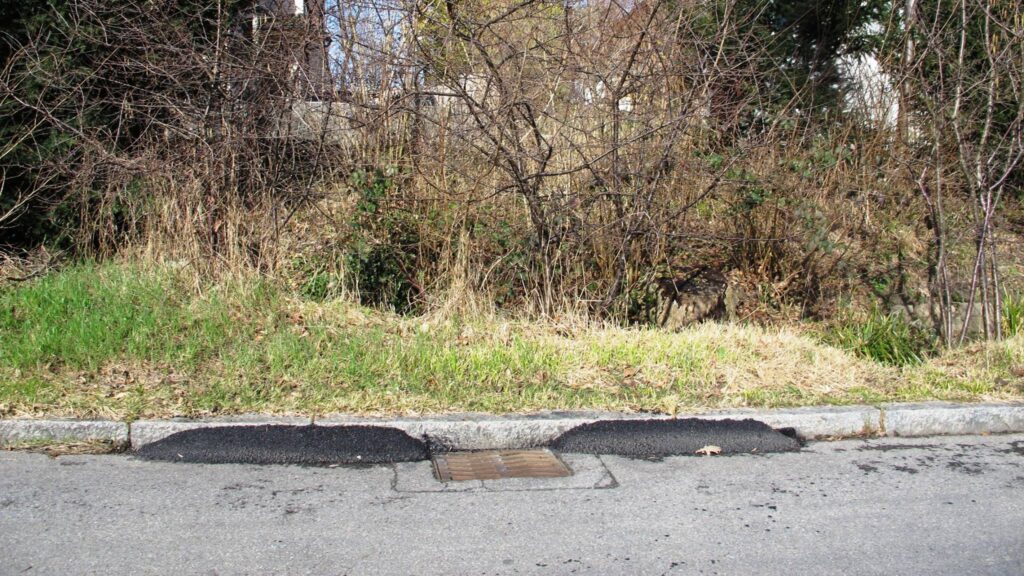
© Grün Stadt Zürich / Stefan Hose
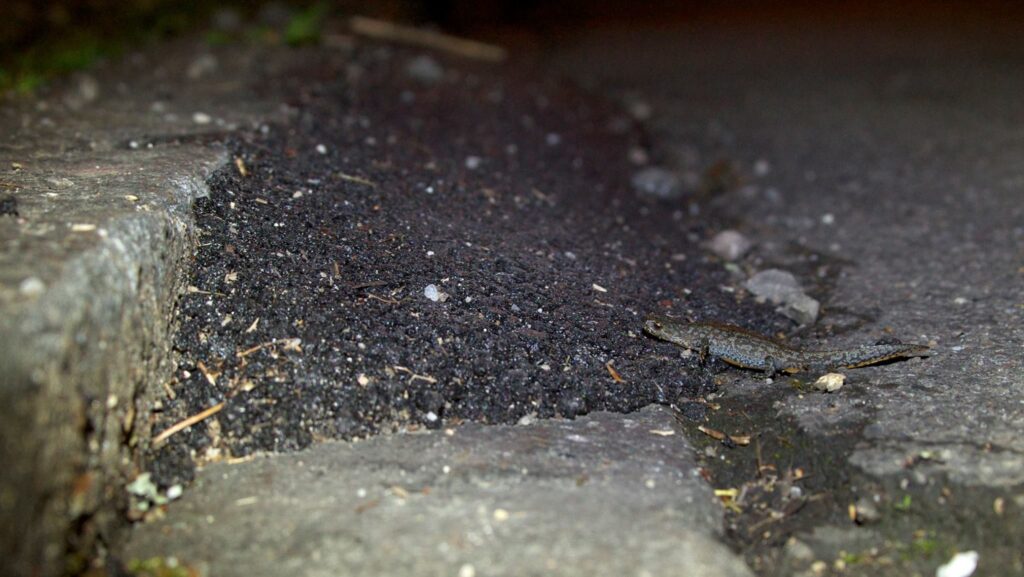
© Grün Stadt Zürich / Anna Struth
Wildlife Kerbstone
The Wildlife Kerbstone effectively reduces the number of amphibians caught in the storm drain (compare Figures 7 and 8). This system can make sense in certain places, for example where the kerbstones cannot be dropped.
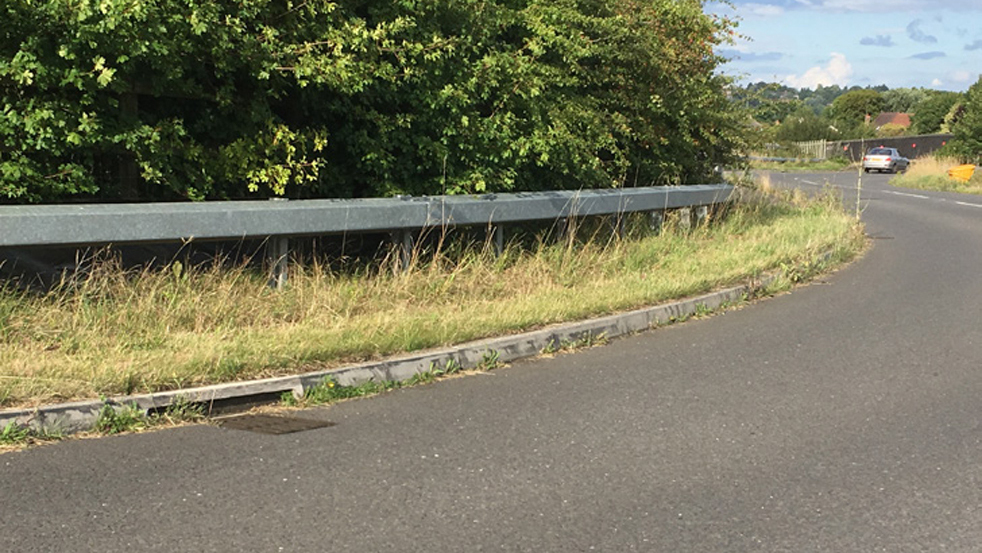
© ACO AG
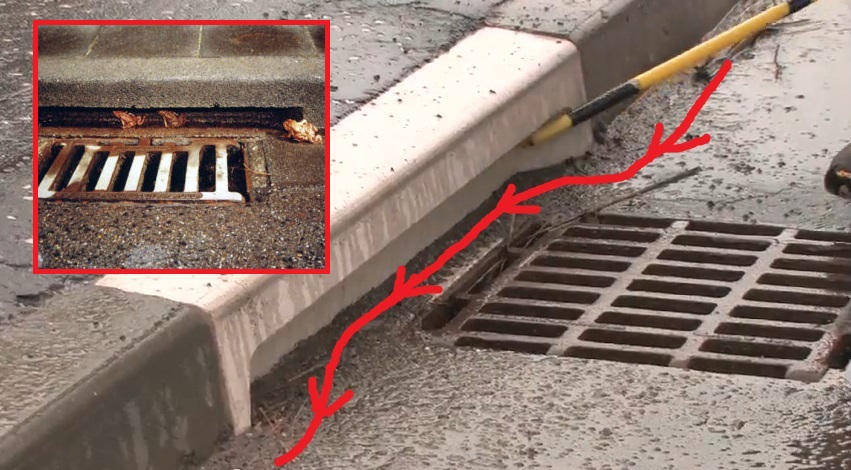
© ACO AG
Conclusion:
Amphibians are still rarely considered in kerbstone design and selection. It is time to change this.
